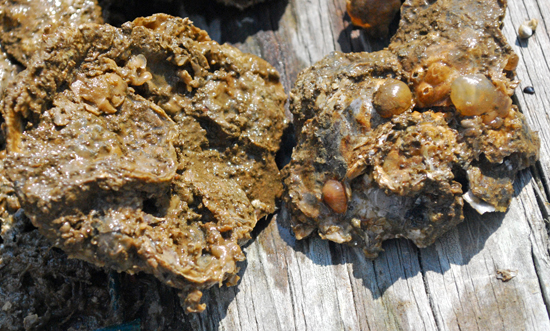Oyster survival rate in Maryland highest in 25 years
More of the Chesapeake Bay’s baby oysters appear to be surviving threats from pollution and disease.
More of the Chesapeake Bay’s baby oysters appear to be surviving threats from pollution and disease, according to new data from the Maryland Department of Natural Resources (DNR). The 2011 Fall Oyster Survey shows a 92 percent survival rate, the highest figure since 1985.

“This is more than double the survival rate in 2002, when record disease levels killed off 58 percent of the population,” DNR Fisheries Service Director Tom O’Connell said. “The overall biomass index — which measures population health by volume — is also up 44 percent over last year. Not only did these baby oysters thrive under ideal growing conditions, this year we also found a new, high spatset in high-salinity areas such as the Tangier Sound.”
High flows from heavy rain storms last spring and late summer affected oysters above the Bay Bridge; however, that represents a relatively small part of the total oyster population. The lower salinities that resulted from higher freshwater flows actually proved beneficial to the majority of Maryland’s oysters because less-salty water keeps diseases at bay.
The survival rate is the percentage of oysters found alive in a sample. Sampling took place at 263 oyster bars in the Bay and its tributaries over two months last fall. Maryland’s oyster survey is one of the longest running resource monitoring programs in the world; the state has been keeping track of oyster population survival, reproduction and disease levels since 1939.
In another positive bit of news, scientists at the Cooperative Oxford Laboratory report that the frequency and intensity of the oyster diseases MSX and Dermo are low. Both of these once-devastating diseases now occur at the lowest levels on record.
For more information about the oyster survey, visit Maryland DNR’s website.

Comments
Fantastic news! The Bay does have a future.
Thank you!
Your comment has been received. Before it can be published, the comment will be reviewed by our team to ensure it adheres with our rules of engagement.
Back to recent stories